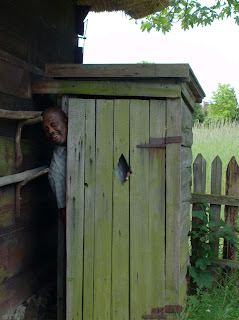


May 29th, 2009 Warsaw, Poland. It is nearly six am here in Poland. Our stay in this country is coming to an end. Cathy and Lori are now at the airport. Cathy has a 7:30 am flight Rome. She'll spend several days there before travelling on to London. Lori has a 9:15 am to Munich where she'll join her husband and son. The Traegers will visit Munich, travel to Italy and on to Austria before returning to the states. As for myself, this kid is homebound. In 12 hours I hope to have my arms around Linda, look into her eyes and say, I love you. I've missed you. I am glad to be home.
Several groups of people and many individuals came together to make this trip possible. We are very grateful for your efforts. We hope that we've taken the time to address your contribution. Please understand that we've taken every opportunity to share your contribution to this trip with our hosts in Poland. As we gave a presentation, shared a gift or discussed the nature of this series of staff exchanges, we explained that you and/or your organization made a substantial contribution to making this exchange a reality.
There are two groups of people that we wish to thanks. First, our families. Without your encouragement and support, none of this would happen. We appreciate your commitment to our relationships and the work we've chosen. Secondly, our co-workers. We know that not being in the workplace to make our contribution creates more work for all. We thank you for your sacrifice. We hope to return the great favor someday.
Poland is a place of great pride. They have every reason to love their country. Poland has survived through the ages, intact, vibrant, strong. As for myself, I will not die in peace until I have had the privilege to return to this great land with Linda. We need to experience this place and its people, together.
Thank you for joining/visiting the blog. We've tried to focus on corrections related items for our co-workers. By the same token, we've wanted to share with you the strength, grace and majesty that is Poland. We hope that we you've enjoyed the posts. We've enjoyed the process. If there are questions that you have about aspects of this trip, we'll be happy to answer those questions as best as we can. Either see us personally or send an email to iowansinpoland2009@gmail.com. We'll respond to questions at this website for the next 30 days. Many Thanks. Much Love.
Peace,
Sam


















































